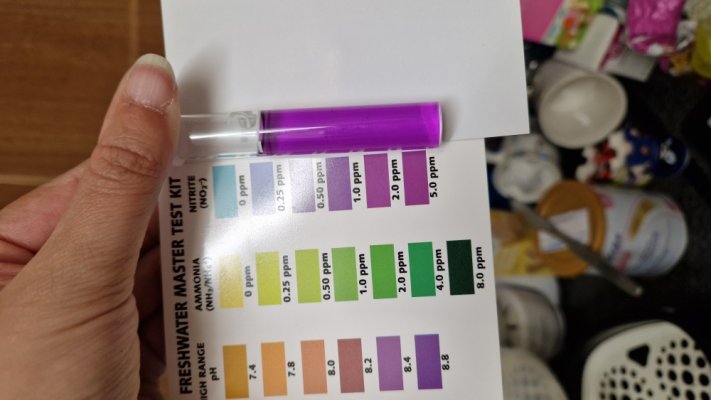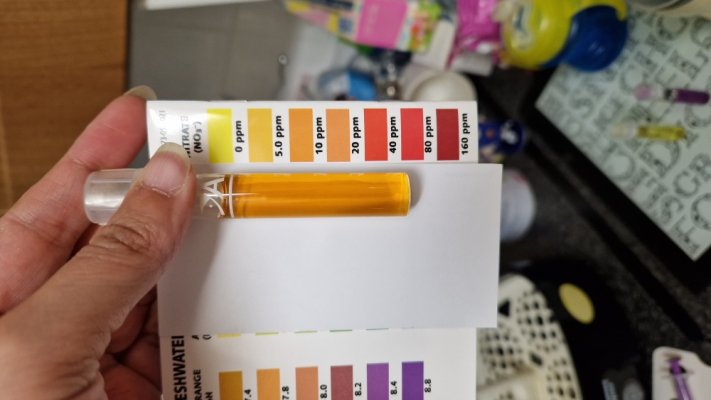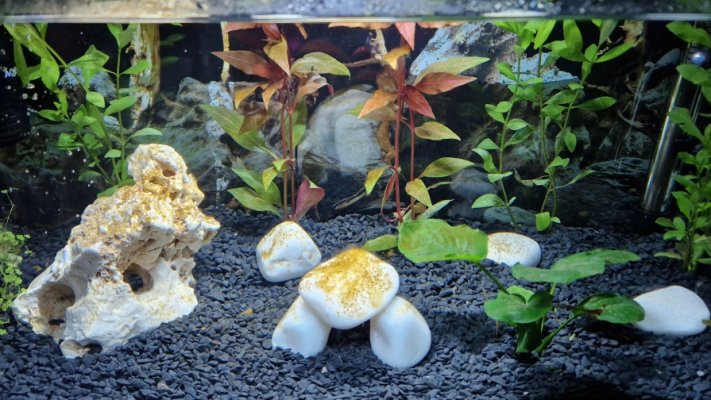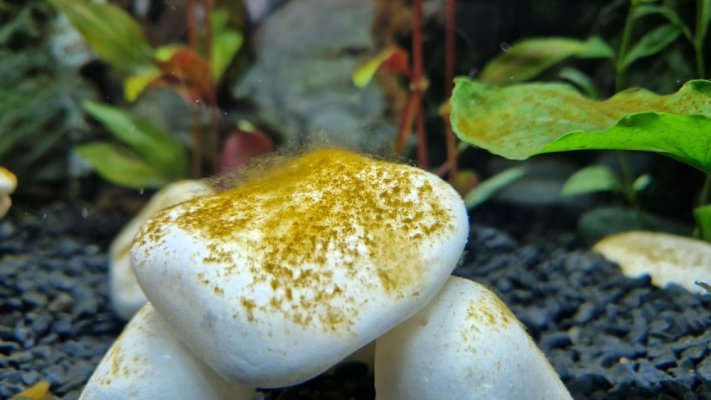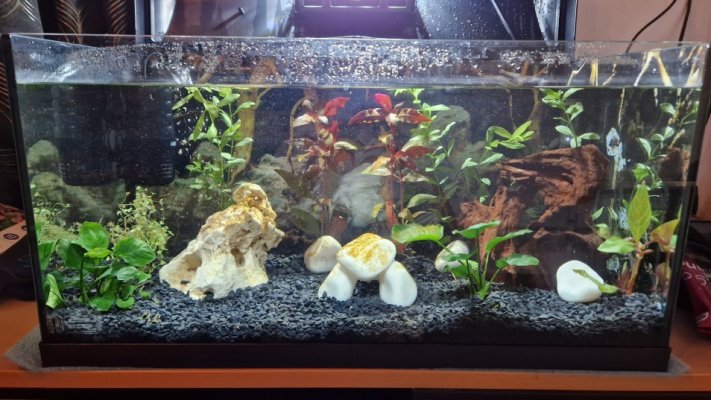If you haven't added any bacteria to consume the ammonia, this is totally normal. When done naturally, this part of the process can take close to a month to happen. As the ammonia starts to decrease, test for Nitrites as that is the next step of the process.
To speed things along, you can add some used filter material from a healthy cycled tank which will basically inoculate your tank and speed up the whole process. If you have access to it, you can also use a live bacteria product that adds the bacteria you are trying to create. I am a big fan of Fritzyme #7 for freshwater and #9 for saltwater ( you didn't say what type of water you are keeping. ) They have a much higher rate of success than many of the " bacteria in a bottle" products.
Hope this helps.


